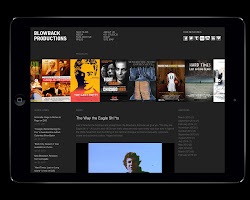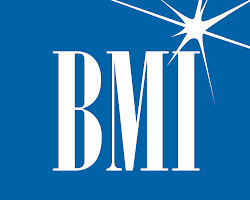History Of Music Synchronization
Let's explore the History Of Music Synchronization. Music synchronization is the process of incorporating pre-existing music into a visual medium, such as a film, television show, advertisement, or video game. This can be done by using the original recording of a song, or by creating a new arrangement of the song.
The history of music synchronization is a long and fascinating one. It dates back to the early days of cinema, when silent films were accompanied by live music. As sound films became more popular, the practice of using pre-recorded music in films became more common.
In the 1950s, music synchronization began to take off in a big way. This was due in part to the rise of television, which provided a new platform for music to be used. It was also due to the development of new technologies, such as magnetic tape, which made it easier to record and synchronize music with visuals.
Today, music synchronization is a major part of the entertainment industry. It is used in a wide variety of media, from films and television shows to advertisements and video games.
The early days of music synchronization go back to 1902
The first use of music synchronization in film is often credited to the French silent film director Georges Méliès. In his 1902 film A Trip to the Moon, Méliès used a live orchestra to accompany the film. The orchestra played music that was specifically composed for the film, and it helped to create a sense of atmosphere and excitement.
In the early days of sound films, music was often used as a way to cover up the poor quality of the sound recordings. However, as sound recording technology improved, music began to be used more creatively. In the 1930s, for example, the film director Alfred Hitchcock began to use music to create suspense and tension in his films.
The rise of music synchronization in the 1950s
The 1950s saw a major increase in the use of music synchronization in film and television. This was due in part to the rise of television, which provided a new platform for music to be used. It was also due to the development of new technologies, such as magnetic tape, which made it easier to record and synchronize music with visuals.
One of the most famous examples of music synchronization from the 1950s is the film The Graduate (1967). The film's soundtrack featured the song "Mrs. Robinson" by Simon & Garfunkel, and the song's popularity helped to make the film a huge success.
The growth of music synchronization in the 1980s and 1990s
The 1980s and 1990s saw a further growth in the use of music synchronization. This was due in part to the rise of music videos, which provided a new way to showcase music and visuals. It was also due to the development of new technologies, such as digital audio workstations, which made it easier to create and edit music.
Some of the most famous examples of music synchronization from the 1980s and 1990s include the films Top Gun (1986), Pretty Woman (1990), and Trainspotting (1996).
The future of music synchronization
The future of music synchronization is bright. As new technologies continue to develop, it will become easier to use music in a variety of creative ways. For example, virtual reality (VR) and augmented reality (AR) are two technologies that have the potential to revolutionize the way that music is used in visual media.
In VR, music can be used to create immersive experiences that transport the user to another world. In AR, music can be used to enhance the user's experience of the real world.
Conclusion
The history of music synchronization is a long and fascinating one. It has helped to shape the way that we experience film, television, and other forms of visual media. As new technologies continue to develop, the future of music synchronization looks bright.
Keywords: music synchronization, music licensing, synch licensing, music for video, film music licensing, music for advertising, video game synchronization, history of music synchronization, silent films, sound films, television, music videos, digital audio workstations, VR, AR









